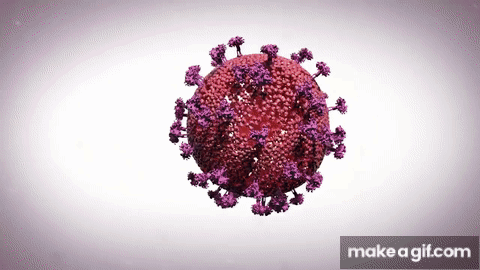Understanding HIV: Symptoms, Transmission, Prevention, and Treatment
Introduction to HIV: Human Immunodeficiency Virus (HIV) is a virus that attacks the body’s immune system, specifically targeting CD4 cells (also known as T cells), which are crucial for fighting off infections. If left untreated, HIV can lead to acquired immunodeficiency syndrome (AIDS), a condition in which the immune system becomes severely compromised, making individuals more susceptible to infections and certain cancers. Understanding HIV, its symptoms, transmission routes, prevention methods, and available treatments is crucial for reducing the spread of the virus and improving the quality of life for those affected.
Symptoms of HIV:
- Acute Retroviral Syndrome (ARS): Many people experience flu-like symptoms, including fever, fatigue, sore throat, swollen lymph nodes, and rash, within 2 to 4 weeks after initial infection. These symptoms may persist for a few weeks before resolving.
- Chronic Symptoms: After the initial stage, HIV may enter a latent phase, during which individuals may not experience any symptoms for several years. However, the virus continues to replicate and damage the immune system.
- Advanced HIV/AIDS: As the immune system becomes severely compromised, individuals may experience recurrent infections, weight loss, night sweats, chronic diarrhea, and other opportunistic infections or cancers.
Transmission of HIV:
- Unprotected Sexual Contact: HIV is primarily transmitted through sexual intercourse with an infected individual, especially if condoms or pre-exposure prophylaxis (PrEP) are not used.
- Sharing Needles: Sharing needles or syringes contaminated with HIV-infected blood can transmit the virus, particularly among injection drug users.
- Mother-to-Child Transmission: HIV can be transmitted from an HIV-positive mother to her baby during pregnancy, childbirth, or breastfeeding if appropriate interventions are not implemented to prevent transmission.
- Blood Transfusions and Organ Transplants: Although rare, HIV can be transmitted through contaminated blood transfusions or organ transplants from infected donors. However, rigorous screening and testing protocols have significantly reduced the risk of transmission through these routes.
Prevention of HIV:
- Practicing Safe Sex: Using condoms consistently and correctly during sexual intercourse can significantly reduce the risk of HIV transmission. Additionally, limiting the number of sexual partners and avoiding high-risk sexual behaviors can help prevent exposure to the virus.
- Pre-Exposure Prophylaxis (PrEP): PrEP involves taking a daily medication (usually a combination of tenofovir and emtricitabine) to prevent HIV infection in individuals at high risk, such as those with an HIV-positive partner or injection drug users.
- Needle Exchange Programs: Providing access to clean needles and syringes through needle exchange programs can reduce the risk of HIV transmission among injection drug users.
- Early Diagnosis and Treatment: Early diagnosis of HIV infection followed by prompt initiation of antiretroviral therapy (ART) can help suppress the virus, improve immune function, and reduce the risk of transmission to others.
Treatment of HIV:
- Antiretroviral Therapy (ART): ART involves taking a combination of antiretroviral medications to suppress the replication of HIV, reduce viral load, and restore immune function. Adhering to ART regimens consistently can prevent the progression of HIV to AIDS and significantly improve long-term outcomes.
- Monitoring and Supportive Care: Regular monitoring of CD4 cell counts, viral load, and overall health is essential for managing HIV effectively. Supportive care, including counseling, mental health services, and treatment of opportunistic infections, can enhance the quality of life for individuals living with HIV/AIDS.
- Preventive Measures: In addition to treating HIV-infected individuals, preventive measures such as PrEP for high-risk populations and post-exposure prophylaxis (PEP) for individuals exposed to HIV should be readily available to reduce the risk of new infections.
Conclusion: HIV remains a significant global health challenge, but with advances in prevention, diagnosis, and treatment, significant progress has been made in combating the epidemic. Education, regular testing, access to preventive measures, and early initiation of antiretroviral therapy are critical components of HIV/AIDS prevention and management efforts. By raising awareness, reducing stigma, and promoting inclusive and comprehensive healthcare services, we can work towards achieving the goal of an HIV-free generation.




